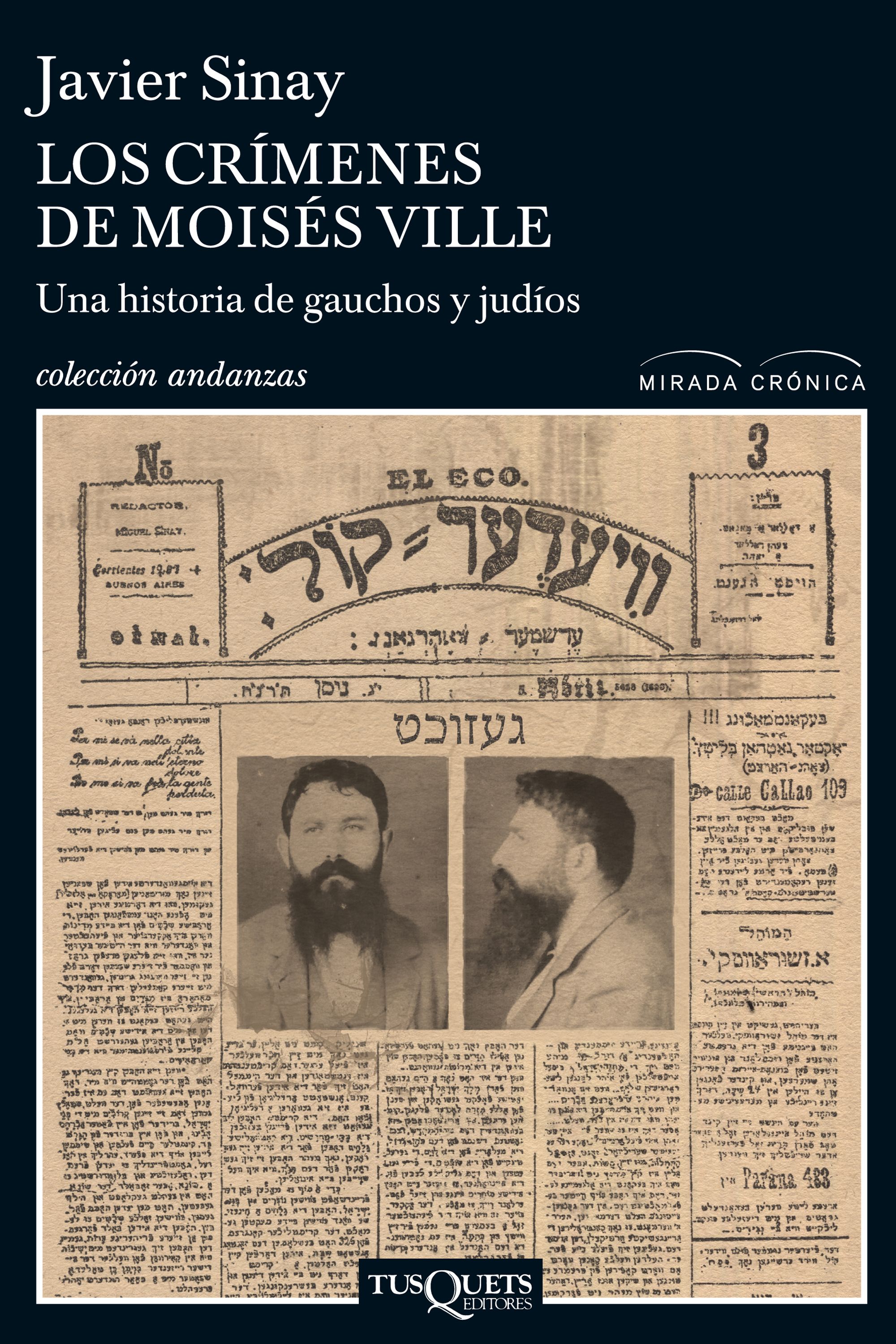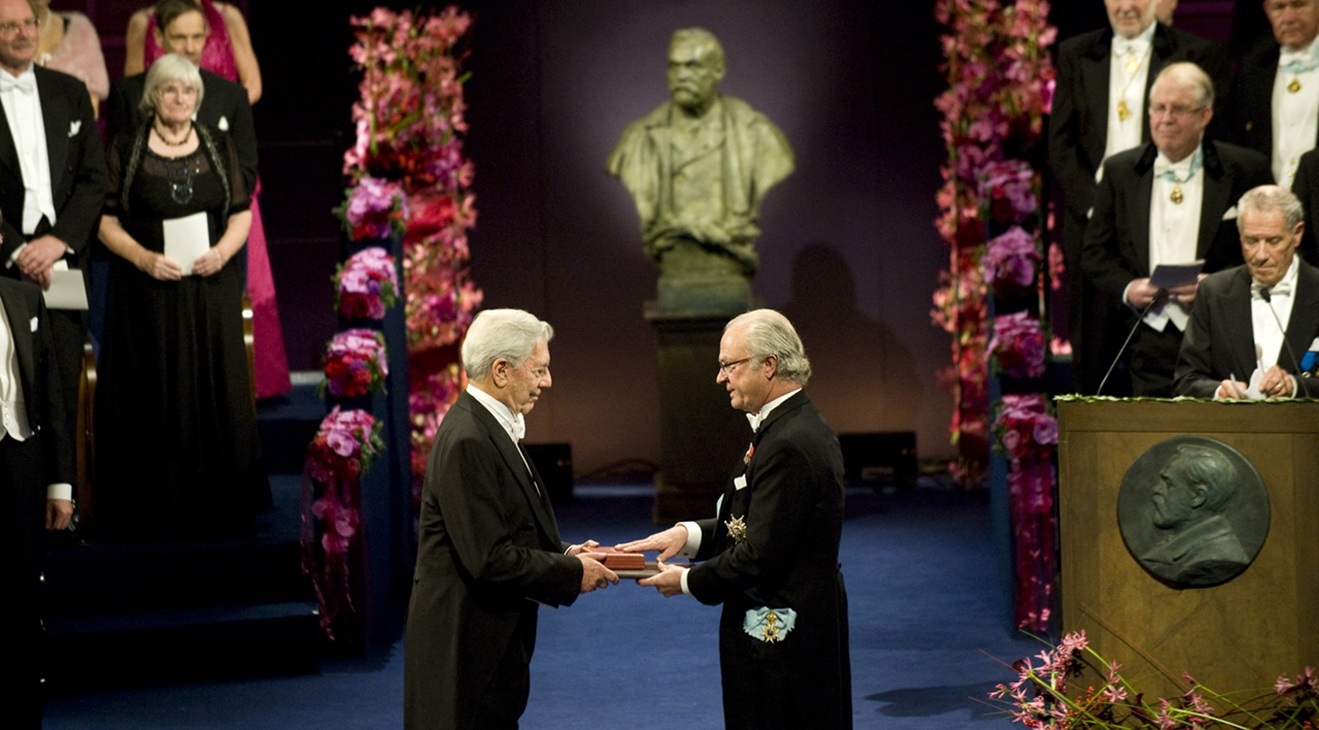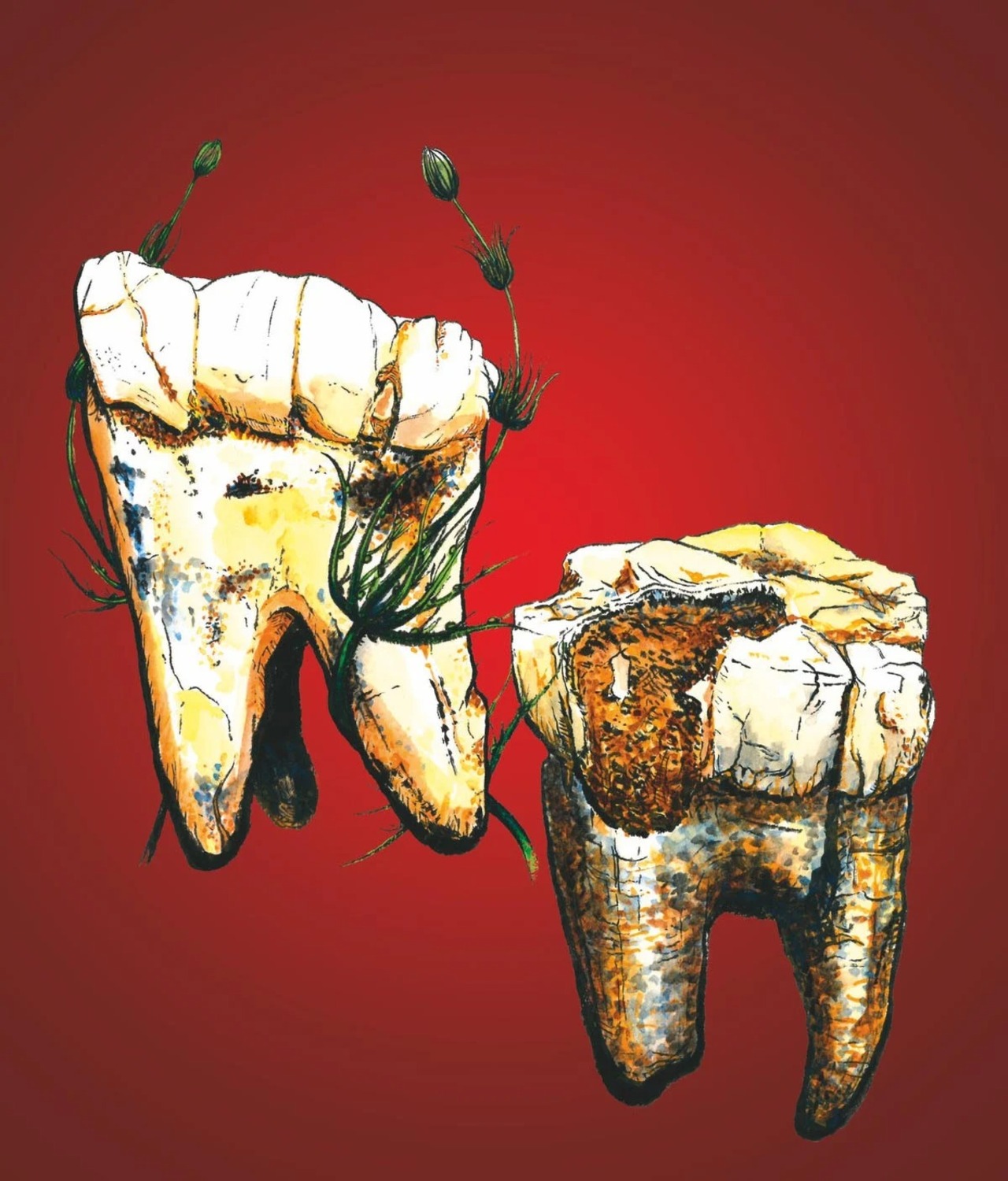
The forgotten 'Jerusalem' of Latin America
Argentinian journalist Javier Sinay investigates the killings of at least two dozen Jewish immigrants in Argentina in 'The Murders of Moisés Ville.'
Between the late 19th and early 20th centuries, thousands of impoverished Jewish families from Eastern Europe migrated to the new towns of the Argentine Pampas, fleeing the pogroms and in search of a better future. Among them was the family of Argentine journalist Javier Sinay, who decided to immortalize his family memoirs in The Murders of Moises Ville: The Rise and Fall of the Jerusalem of South America, the fascinating account of the lives of these Jewish communities that emerged in the Argentine plains, and where Yiddish became the common language.
For many of these families, Argentina, with the port of Buenos Aires at the forefront, was an attractive destination, as it allowed the possibility of becoming owners and managers of a farm thanks to the intervention of Jewish philanthropist Maurice de Hirsch.
In 1891, Hirsch created the Jewish Colonization Association (JCA, ICA in Yiddish) to finance agricultural colonies for distressed Jews emigrating from Europe. The Jewish-Argentine philanthropist set about sharing large tracts of land across the country for the new immigrants to build their own villages, where they could earn a living by working the land while maintaining their cultural and religious traditions through Jewish schools and synagogues. These agricultural villages grew so rapidly that in 1896, Theodor Herzl, the founder of Zionism, pondered whether the Jewish state should be located in Palestine or in Argentina.
One of the first towns was Moises Ville, located about 400 miles northwest of Buenos Aires. It was here that Sinay's ancestors arrived in 1894 from Belarus. Moises Ville became so popular that it was nicknamed the Jerusalem of South America. It was here, between 1889 and 1906, that a series of murders occurred to which the title of the book refers.
The author did not know about these crimes until he began to research his paternal great-grandfather, founder of the first Yiddish newspaper in Buenos Aires, and discovered that he had written a report on the brutal murder of some 20 Jews in Moises Ville, some entire families, at the hands of bandits and Creole gauchos who were never caught.
RELATED CONTENT
Sinay began to wonder about the motives for the murders (Anti-Semitism? Xenophobia?) and other details that did not appear in his great-grandfather's report. Researching the figure of his ancestor and the motive for the crimes, Sinay embarks on an exciting journey through her family's past until she arrives in Moses Ville, where he interviews the last Jewish residents.
"These crimes were not motivated by anti-Semitism, but they do have a xenophobic component, because it generates a resentment of the gaucho toward these new settlers, who are immigrants," Sinay told NBC. The book was originally published in Spanish in 2016, but the English translation was released a few days ago.


As a result, Sinay told NBC, "although gauchos are often considered wandering literary heroes in Argentine literature, real-life politics pitted them against European immigrants, including Jewish settlers, whom they saw as intruders favored by the government to expel them from their land."
During its heyday in the 1940s, Moises Ville was home to some 5,000 Jews, representing more than 90% of its population. Today, the total population of the town is less than 2,500, of which approximately 10% are Jews, most elderly.












LEAVE A COMMENT: